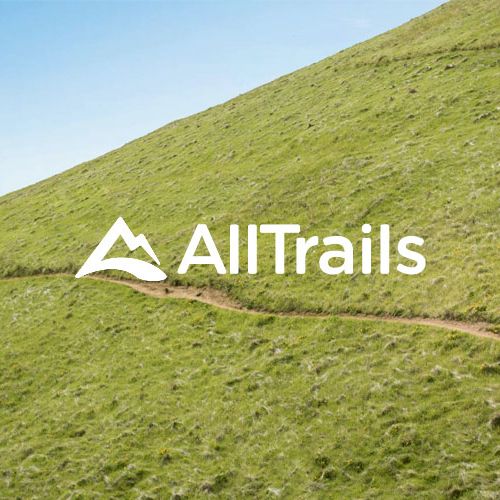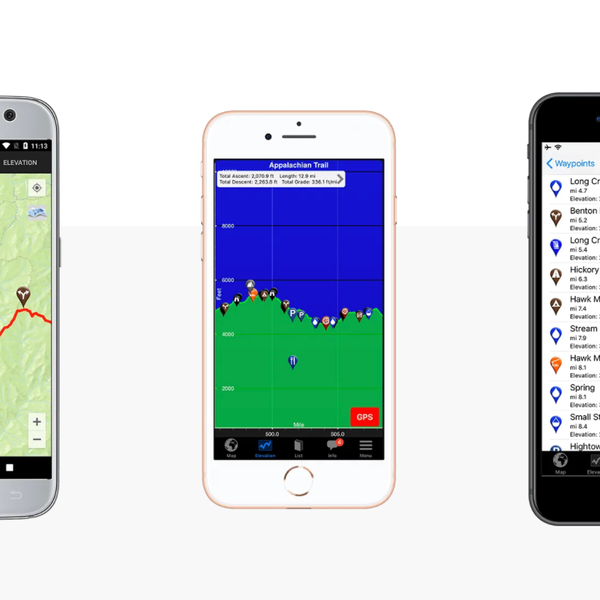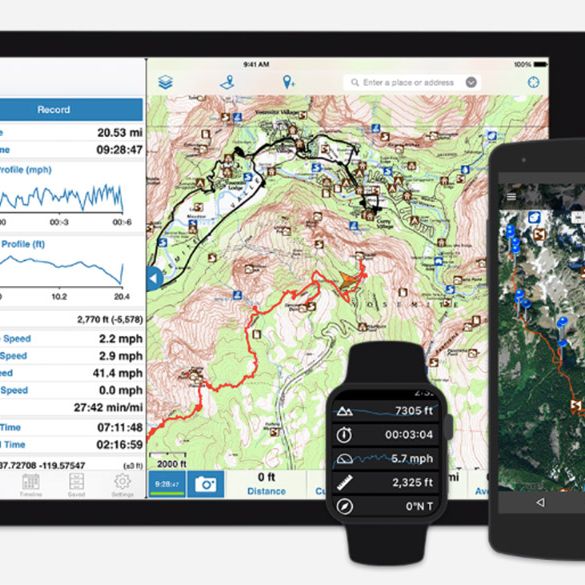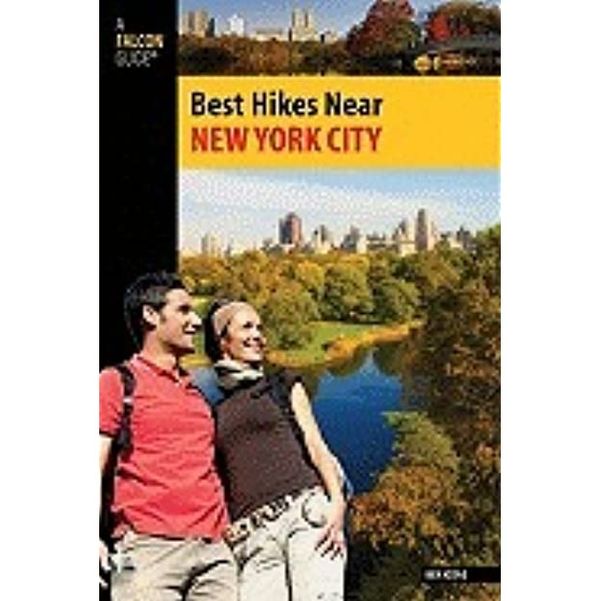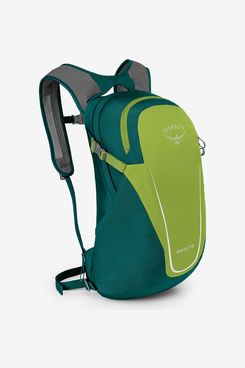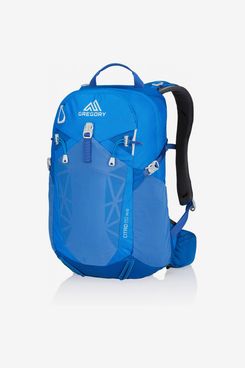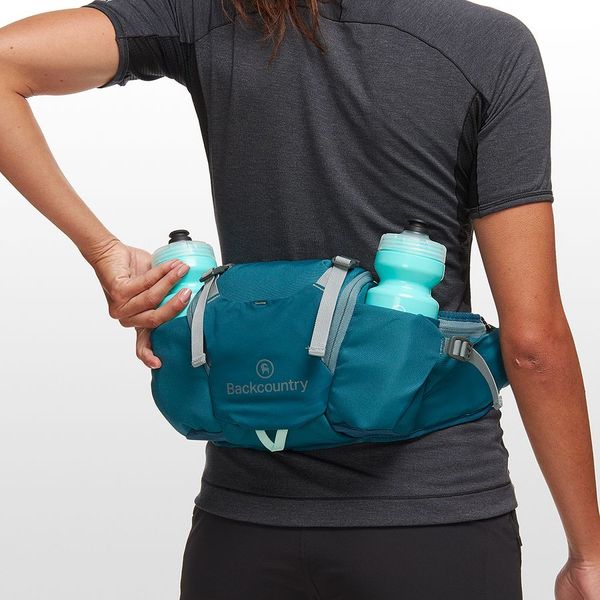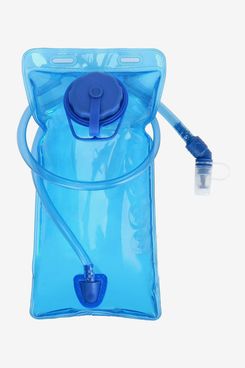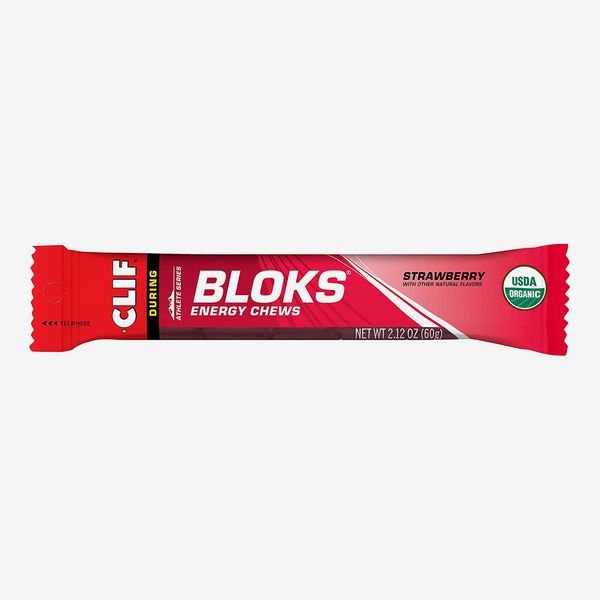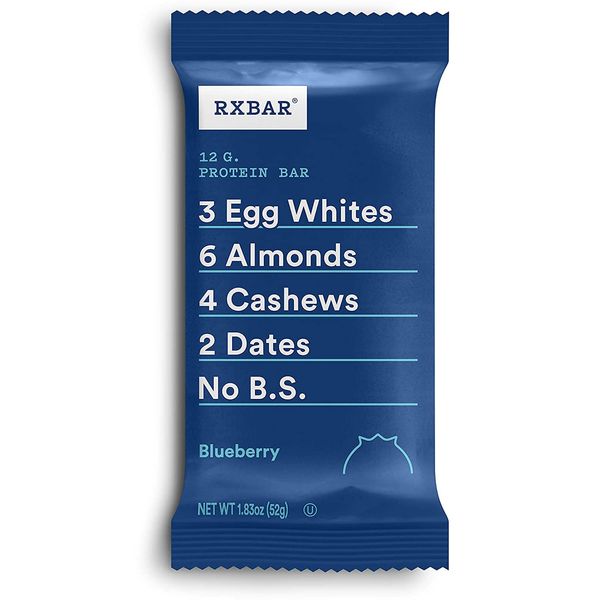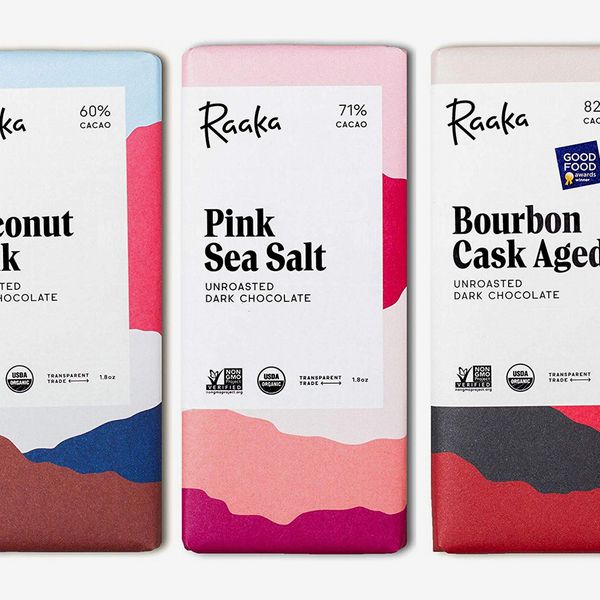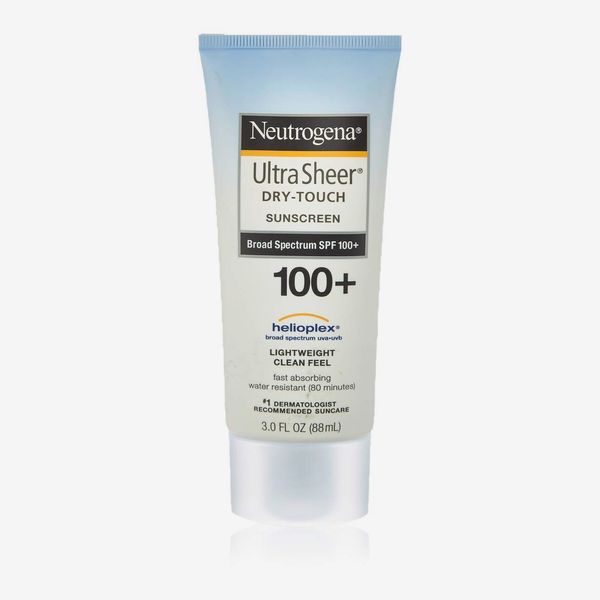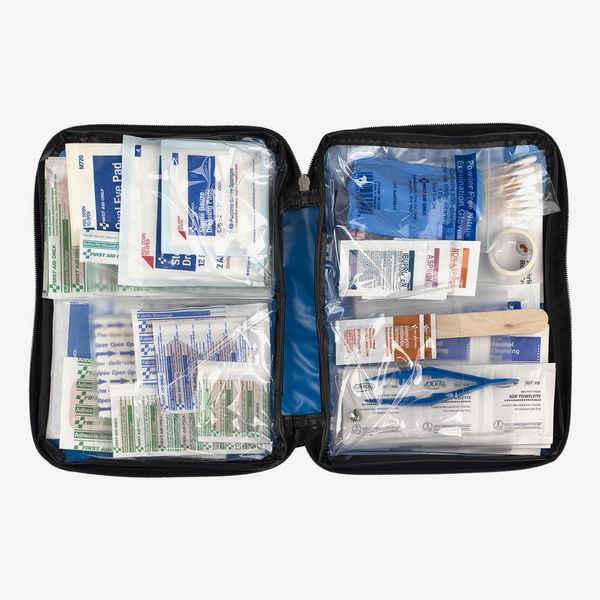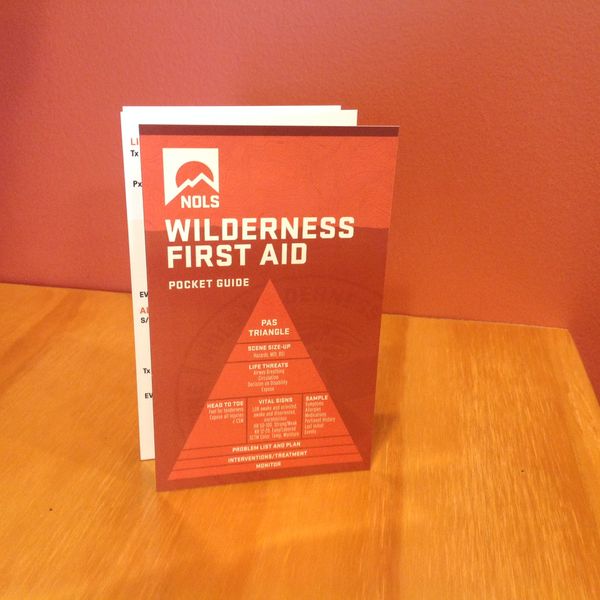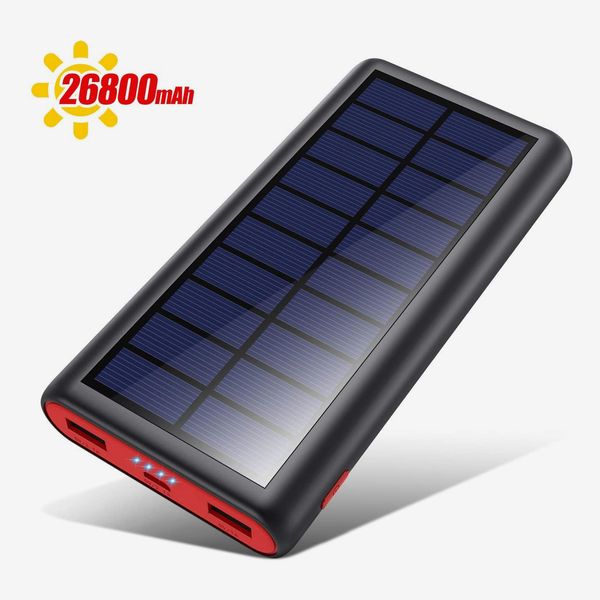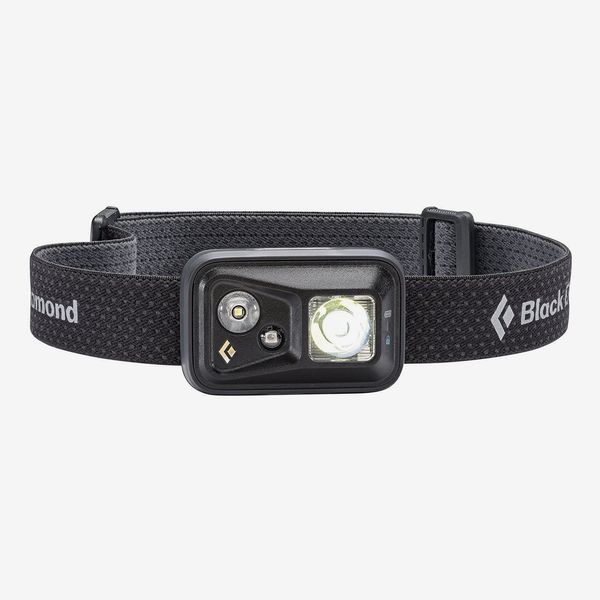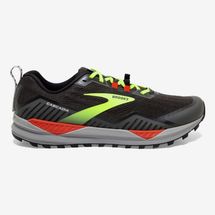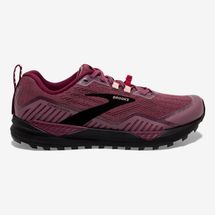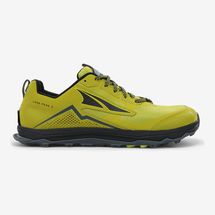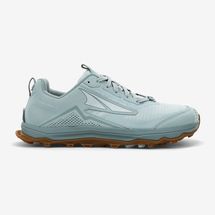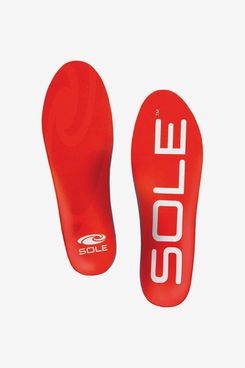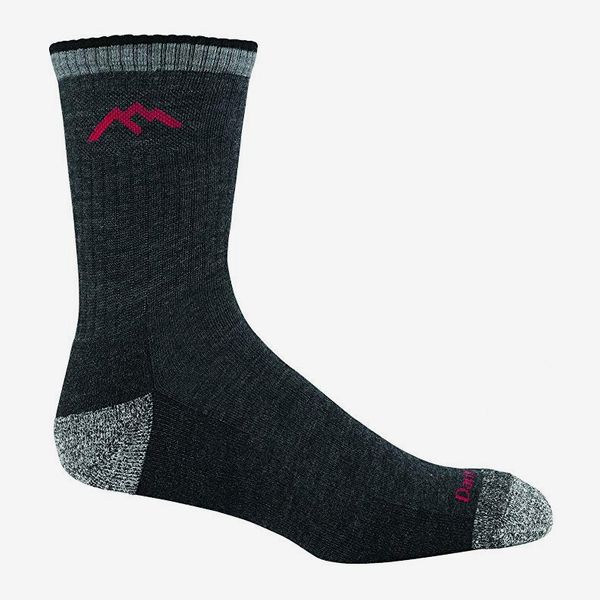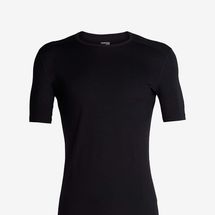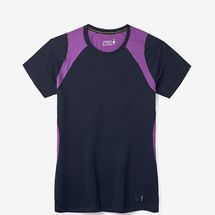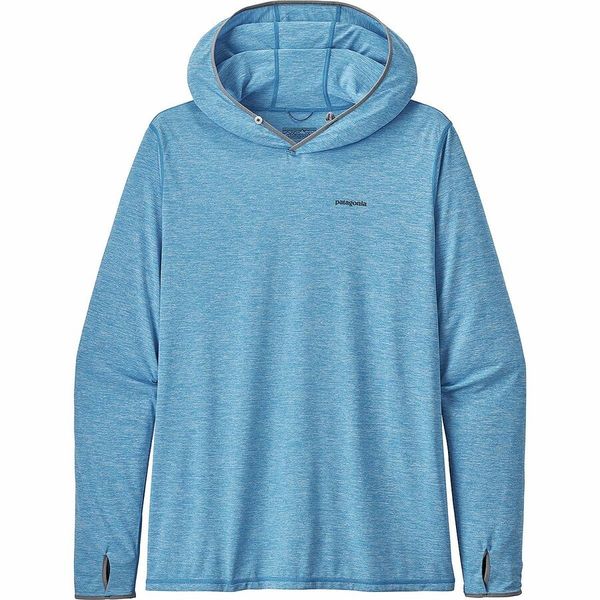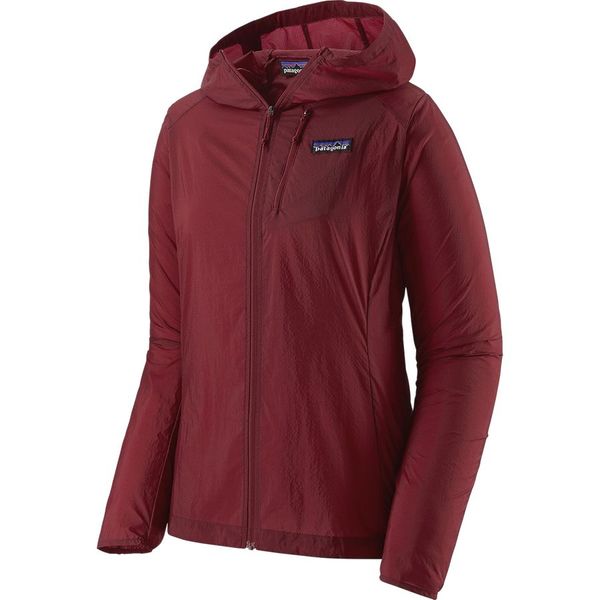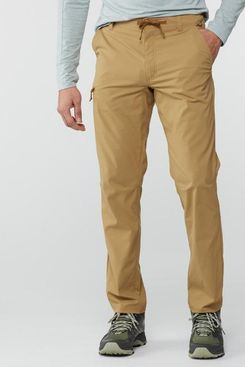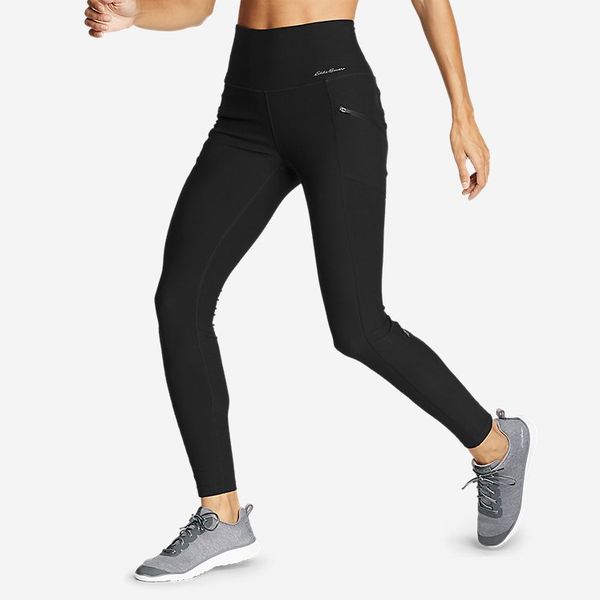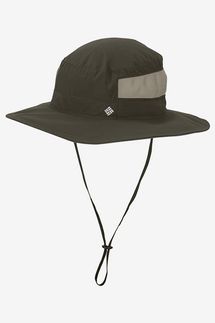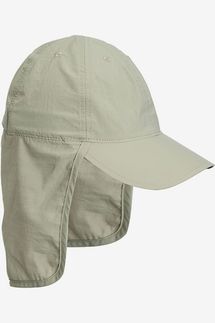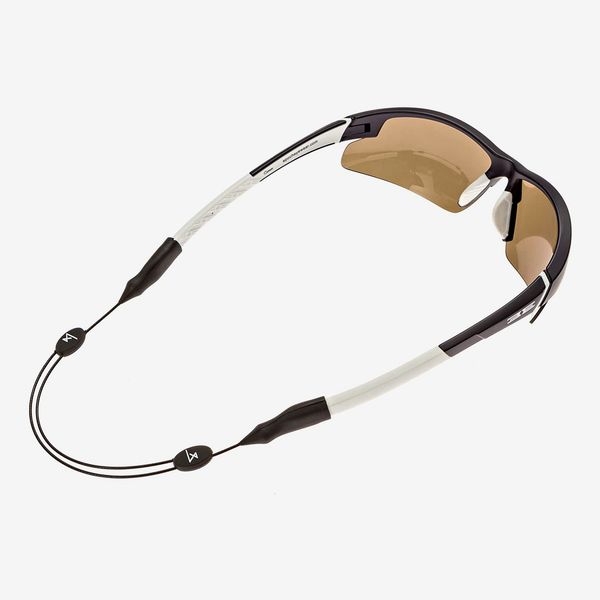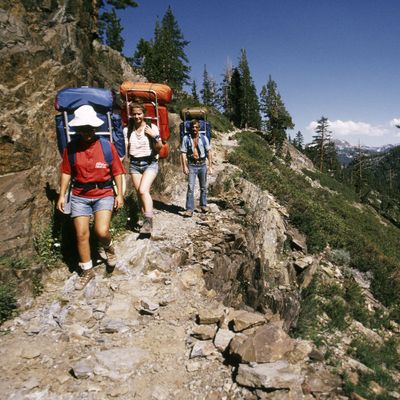
After spending the past few months indoors, more people than ever are eager to get outside — especially since being in uncrowded, outdoor spaces remains a lower-risk activity. Among the different ways to spend time outside, hiking is one of the most accessible. “Money keeps a lot of people from hiking, but it doesn’t need to,” says Chyla Anderson, founder of the outdoor representation company Outdoorism, pointing to the misconception that expensive gear is needed even for a short day hike (defined by our experts as five miles or under). “All you need is gear that’s comfortable and safe for your environment,” she adds. Plus, contrary to popular opinion, hiking can happen anywhere. “See where you can hike from your front door,” suggests Amiththan Sebarajah, a writer and distance hiker who says that beginning hikers can learn about their body and preferences by going on short urban hikes around their neighborhood. “Especially now with coronavirus being what it is, it’s important to recreate responsibly. Do local hikes, and choose times during the day when trails are less crowded,” he adds.
Whether you’re going to hike across a city bridge or explore a nearby state park, we asked eight hiking experts, including a couple of folks who have thru-hiked the Appalachian Trail and several outdoor program leaders, about everything you need to know to begin hiking — down to how to choose a trail, what to bring in your backpack, and what to wear.
Choose your trail
Before you grab a water bottle or tie your shoes, all of the experts we spoke to suggest choosing a hike that meets your interests and physical needs. “Start out small,” advises Maggie Slepian, an Appalachian Trail thru-hiker and managing editor of hiking site The Trek. “A five-mile walk in town is very different from a five-mile hike — two and a half miles out and back — with 2,000 feet of elevation gain. It’s important to read a profile of the hike that you want to take and know what kind of terrain to expect,” she adds. When it comes to learning more about a trail, nearly all of the experts recommend using All Trails, a free collection of 100,000-plus hiking, running, and mountain-biking routes (with an optional pro subscription), which are searchable by region, difficulty, and length. “You can also see community reviews of people who have recently been out on that hike, so if someone was just there, they might say if the trail was crowded or still full of snow,” says Nailah Blades, founder of Color Outside, an outdoor organization for women of color. According to a couple of experts, another way to crowdsource information about a trail is on Instagram. “A lot of times, I’ll find a trail on All Trails and then go on Instagram and look at the pictures people have posted, in order to scope the environment and read testimonials,” explains Jonathan Solomon, assistant director of Washington University in St. Louis’s John B. Ervin Scholars Program and an international hiker.
If you’re taking a day hike on a popular national or regional trail, namely the Appalachian Trail and Pacific Crest Trail, Sebarajah recommends Guthook Guides, which has GPS tracking even while your phone is offline. “You just have to follow the line on the map, and it shows you where water and campsites might be,” he explains. The app is free to download but requires in-app purchases for each guide, starting at $9 for different sections of the Appalachian Trail.
Another slightly more advanced app is Gaia, which both Sebarajah and Aaron Slosberg, director of student programming at Where There Be Dragons, recommend. “You can download topographic maps, and it has a little more capacity,” explains Slosberg, though he cautions people against constant tracking themselves during a hike. “Don’t be too scared about getting lost a little bit — it sounds kind of risky, but I really don’t think it is. You can download an offline map with an app or even through Google Maps so your GPS will still work in a wilderness area without service,” he explains.
For an analog option, Slepian suggests investing in a hiking book for your area. “Look for something that has a map and a simple description of the trail, including how long the trail is, how to get to the trailhead, and what the elevation gain is like, so you know what to expect,” she says. The “Best Hikes Near” series, which is geared toward finding local hikes near cities, includes all of these details, plus a trail finder for finding the best hikes with dogs or for great views.
What to pack
All of the experts we spoke to said to look for a backpack that comfortably fits your body, and is in the range of 10 to 30 liters — the measurement used for outdoor packs. To find one that works for you, several experts suggest getting sized at REI or another outdoor-gear store. “Try on a bunch and see what fits well,” says Jonny Altrogge, course director at NYC Outward Bound Schools, an Outward Bound program that brings experiential and outdoor education to New York City public schools. “Gear is personal to you, so it’s important to find something that fits more so than to have a name-brand item,” he adds. Both Altrogge and Slosberg say that Osprey’s packs are among their favorites. “They have this mesh back system that aerates your back so you don’t get as sweaty,” explains Slosberg. “All of the pack companies, whether it’s Patagonia or REI, make similar day packs, but I think comfortable shoulder straps and a breathable back are key. I often see people going on day hikes with those drawstring bags, and those are just not going to be very comfortable to carry anything,” he adds.
For a “do-it-all” day pack that has room for extra layers, snacks, and hydration, Slepian recommends the 20-liter Gregory Citro, which comes complete with a three-liter hydration reservoir, colloquially referred to as a “bladder.” “When people are getting started, they’ll end up carrying a lot of things to make sure they’re prepared, and this pack has a suspended mesh back and a little more padding and adjustability in the hip belt, so it’s more comfortable for carrying some extra weight,” she says.
[Editor’s note: The 20-liter Citro is no longer available, but the 24-liter version is available for $120. Note, however, that the larger version does not have a reservoir built-in; instead, it is compatible with Gregory’s 3D Hydro Reservoir, which you can buy for $38.]
“If you’re driving to a day hike, then you can leave your backpack behind in the car and carry a fanny pack,” says Mario Rigby, an explorer who is known for walking across Africa. Rigby recommends getting an athletic fanny pack from your local outdoor store, like REI or Backcountry, as a lightweight alternative to a backpack. “If it’s very hot, you don’t want a pack sticking to your shirt or ruining your vibe, but a fanny pack can fit everything that you need: Water, snacks, a few bandaids, and sunscreen,” he explains.
Among the many things that you might bring in your pack, all of the experts we spoke to agree that having enough water — typically a half liter per hour, though this can differ based on activity level, weather, and other factors — is essential. Though any water bottle would work, most experts recommend investing in a two- or three-liter bladder, which fits into its own pouch in most outdoor backpacks and has a water pipe and drinking nozzle that you can thread through the pack and easily drink from while hiking. “It’s the biggest game-changer,” says Anderson, who buys these hydration packs for all of her friends who are getting into hiking. “Having enough water on you for an entire hike, and not having to carry anything in your hands, can change your whole experience,” she adds. Plus, according to Slosberg, the bladder offers better weight distribution in your pack than a typical bottle. “You want all of your heavier items closer to your back, and most backpacks are designed to hold a bladder against your back, which is more ergonomic and will also cool your back a little,” he explains. Also, if you’re hiking with kids, Blades says a bladder eliminates the need to stop as constantly and take out their water bottles, because “you can just bend over and they can take a sip, so it helps them drink more water too.”
In addition to water, every expert mentioned the importance of packing enough well-balanced snacks. “I think about food and nutrition on hikes in the short term and long term,” explains Slosberg. “The short term is something more sugary, that gives me a little bit of energy, like a piece of fruit or a gummy snack, and the long term is something that has salt, fat, and protein, because when you’re sweating, you need to get those salts back in your body,” Slosberg adds, pointing to mixed nuts or almonds, and sometimes jerky, as his salty snack of choice.
Electrolyte-rich snacks can also be good to bring on the trail, especially if you’re sweating a lot in the sun, which is why Slepian recommends the Clif Bar Shot Bloks and why Solomon usually brings Gatorade along.
A longer hike calls for a more complex snack, and though Slosberg says he steers clear of energy bars that are “basically just chocolate-covered candy bars,” he does recommend bars with more simple ingredients from brands like Clif Bar, Larabar, and RxBar — among which blueberry Rxbars are his favorite. “Those are made with egg whites and almonds and dates, so they have pretty good protein and calories,” he says, adding, “Honestly I’m also a big fan of the peanut butter and jelly sandwich too.”
“I think people underestimate the importance of chocolate on the trail. Any chocolate is good; the point is, you should bring good food that you like to eat when you go on a hike in order to treat yourself for having taken the first step,” says Sebarajah.
“The two most common injuries or issues that happen to people who are new to hiking are dehydration, which is why it’s important to have enough water and salt, and the other is sunburn,” explains Slosberg, noting the importance of packing sunscreen and wearing sun protective clothing (more on that below). This dermatologist-recommended sunscreen is suitable for your body and face and comes in a mineral formulation with zinc oxide for those with more sensitive skin.
When it comes to other safety and first-aid supplies on a day hike, the experts we spoke to recommend sticking with the basics. “For someone who’s getting started, a premade kit that you can buy on Amazon or at the drugstore will have everything that you need,” says Slosberg, pointing to a kit with bandages, painkillers, and sterilization wipes. For most day hikes, Slepian says that a makeshift first-aid kit is also sufficient: “If you have a Ziploc bag, you can throw in some athletic tape, in case you roll an ankle, a handful of Ibuprofen, and some Band-Aids, and you’re totally fine.”
“Even though I’m a Wilderness First Responder three times over, I still carry a little pocket-guide, first-aid how-to book,” says Altrogge, who notes that these guides are readily available at places including Amazon. “ I’ve had a lot of years of training and putting that kind of work into practice, and that book can give you that exact same information that all of my classes have given me,” he adds.
For keeping your phone alive, Anderson recommends bringing a solar charger. “You can charge it up with a USB, and then if it dies you can just put it in the sun and it recharges itself, so you always have some source of battery power,” she explains, adding that any cheap version from Amazon will suffice.
“If I’m doing a longer hike, I will always put a headlamp in my backpack just in case something goes wrong and I’m out longer than I think I should be in the dark,” says Slepian, adding that she likes to have a light that isn’t connected to her phone.
What to wear
All of the experts we spoke to agreed that heavy-duty hiking boots — which were once considered the gold standard of ankle support but are actually clunky, heavy, and don’t prevent ankle injury as expected — are not necessary for most day hikes. “The stiffer the shoe, the more likely you are to get blisters, so the more time you need to break them in,” says Slosberg. “And they’re expensive, so I think all of those things are barriers for getting outdoors.” He recommends hiking in a “trail-running shoe or a hearty running shoe, that has some tread on the bottom and is comfortable.” Slosberg’s favorite pair of trail shoes are the Brooks Cascadia (he’s owned four pairs), which he uses for running and hiking alike. He also says Merrell and Salomon (which Altrogge also recommends) are reputable brands.
Slepian suggests starting out with the running shoes that you have on hand but says that trail runners offer more tread and protection than road shoes. Slepian points to the Saucony Peregrine or a well-padded pair of Hokas (which her boyfriend swears by) as suitable options, but she says she hikes in the Altra Lone Peaks: “They have a wider toe box, so it allows your feet to spread out a little more naturally, and have a better grip on the downhill because your toes aren’t crammed together,” she explains.
In addition to finding shoes that are the proper width (“this will prevent blisters, because after you hike for several hours, your feet will expand”), Sebarajah recommends investing in insoles. “I’ve hiked every one one of my 6,000 miles with the Sole insoles, because they’re really thin and form to your feet with the heat of your foot,” he explains, calling them “the closest thing you can get to custom orthotics.” Sebarajah adds that feet have specific needs, so someone else might benefit from the thicker, arch-supportive feel of Superfeet (which are also podiatrist- and Guy Fieri-approved).
Wool socks are another item that comes unanimously recommended by the experts we spoke to. Unlike cotton and synthetic materials, which absorb sweat and bacteria, wool is sweat-wicking, meaning your feet will be cleaner and smell better. Experts agree that the socks should also fit somewhat tightly on your feet and be above ankle height to ensure less “friction between your foot, the sock, and the shoe, because that causes blisters,” explains Rigby. Sebarajah recommends getting a pair of ultrafine, itch-free merino wool socks from Darn Tough because they come with a lifetime warranty.
When it comes to clothing that touches your skin, typically referred to as your “base layer,” the experts we spoke to advised staying away from cotton, ideally in favor of wool or a (likely less expensive) synthetic material like polyester or nylon. Like most gear, the specific material and length (long sleeve or short sleeve) depends on the weather and environment of your hike, but in general our experts advise picking a slightly loose base layer with shoulder coverage that you might otherwise wear to the gym. “The layered approach is the key to hiking,” explains Slosberg, who recommends that people start with a tT-shirt and add a fleece or sun shirt, depending on the weather.
As Slosberg mentioned earlier, the two most common issues for day hikers are dehydration and sunburn, and he recommends preventing the latter by wearing a sun shirt. Though they’re widely available at different brands, Slosberg wears a polyester one from Patagonia, which is also available for women. “It’s super-lightweight and actually cooling. I think it’s designed for fly-fisherman, because it can get wet and dries quickly,” he says.
Unless it’s very cold, an expert-approved outermost layer — which you can pack in your bag during a day hike — should be lightweight and waterproof or water-resistant. Slepian likes the Patagonia Houdini Jacket, which is also available for men, because “it just weighs a couple of ounces and I can stash it in my pack in case it gets windy.”
When it comes to what you wear on the bottom, most of the experts we spoke to recommend hiking in a longer pair of pants, especially if you’re hiking somewhere with ticks. “I wear quick-drying pants almost every time. If it’s 115 degrees, I might wear some shorts, but I’m probably not hiking at that point, honestly,” says Altrogge, adding that some people in tick-prone areas opt to wear shorts with high socks and check themselves regularly (though he prefers to wear pants and tuck them into his socks for maximum protection). When he’s hiking in tall grass, Solomon says Adidas track pants are his long pants of choice.
All of the women we spoke to recommend hiking in a pair of leggings, especially ones that are high-waisted, “so they don’t fall down below the hip belt on your back and cause friction,” explains Slepian, who herself hikes in generic, inexpensive leggings from TJ Maxx. Blades swears by the high-waisted trail leggings from Eddie Bauer (“I live in them even when I’m not hiking”), which have convenient storage pockets and are “super-durable. I have thighs, and some leggings get worn out between the thighs, but I think Eddie Bauer’s last longer and are comfortable.”
As for hiking accessories, hats are another expert-recommended way to protect yourself from the sun while hiking. “It doesn’t matter if you’ve got big hair or no hair, 100 percent always bring a hat,” advises Rigby, who points to the importance of protecting the sensitive skin on your neck with a wide-brim hat, or one with a neck flap. “Not everyone likes the style, but if you want to protect yourself from the sun, that’s the most ideal, in combination with sunscreen,” he says, adding that any hat is better than none.
For sun protection and to see the trail more easily, most experts advise that you pack a pair of sunglasses. Blades specifically recommends a polarized pair of sunglasses to protect your eyes from UV rays, and Altrogee notes the importance of a sunglasses neck strap: “I’ve lost so many pairs of sunglasses on the trail, so with the strap, they can hang on your chest and won’t get knocked off your head,” he explains.
The Strategist is designed to surface the most useful, expert recommendations for things to buy across the vast e-commerce landscape. Some of our latest conquests include the best acne treatments, rolling luggage, pillows for side sleepers, natural anxiety remedies, and bath towels. We update links when possible, but note that deals can expire and all prices are subject to change.
